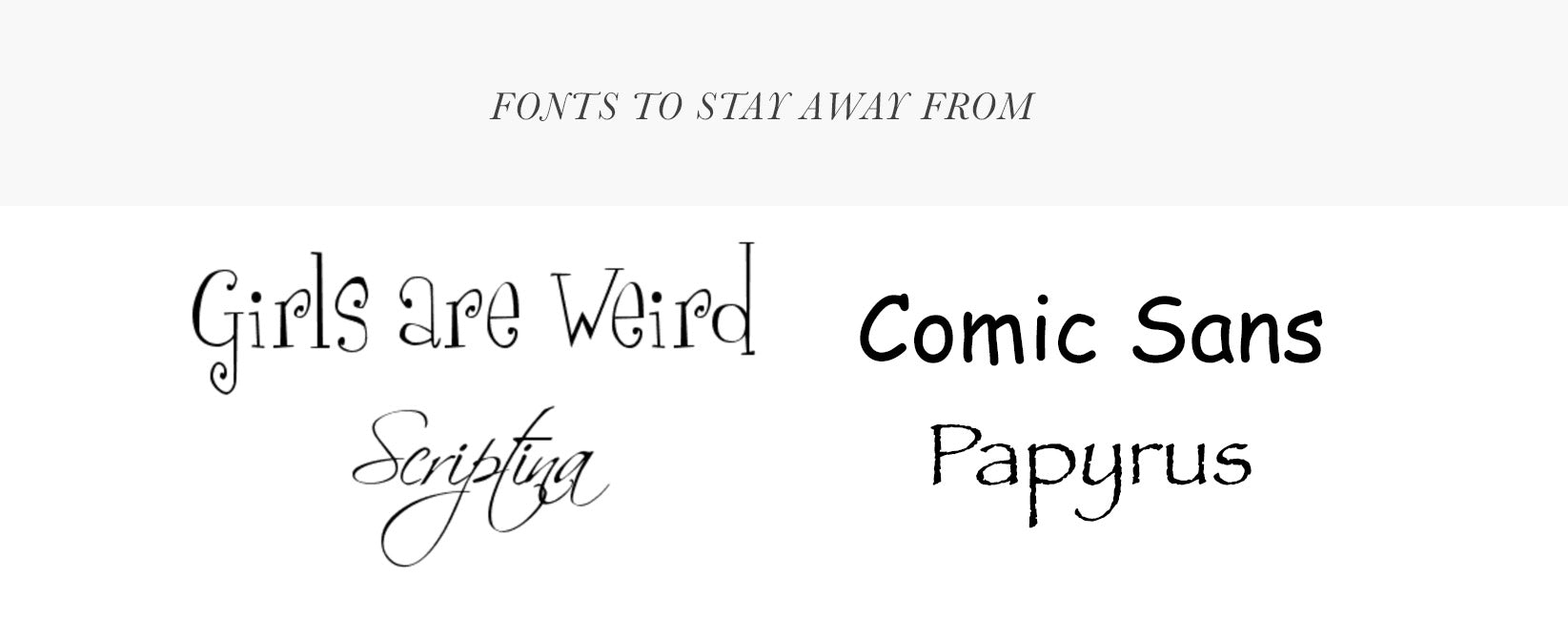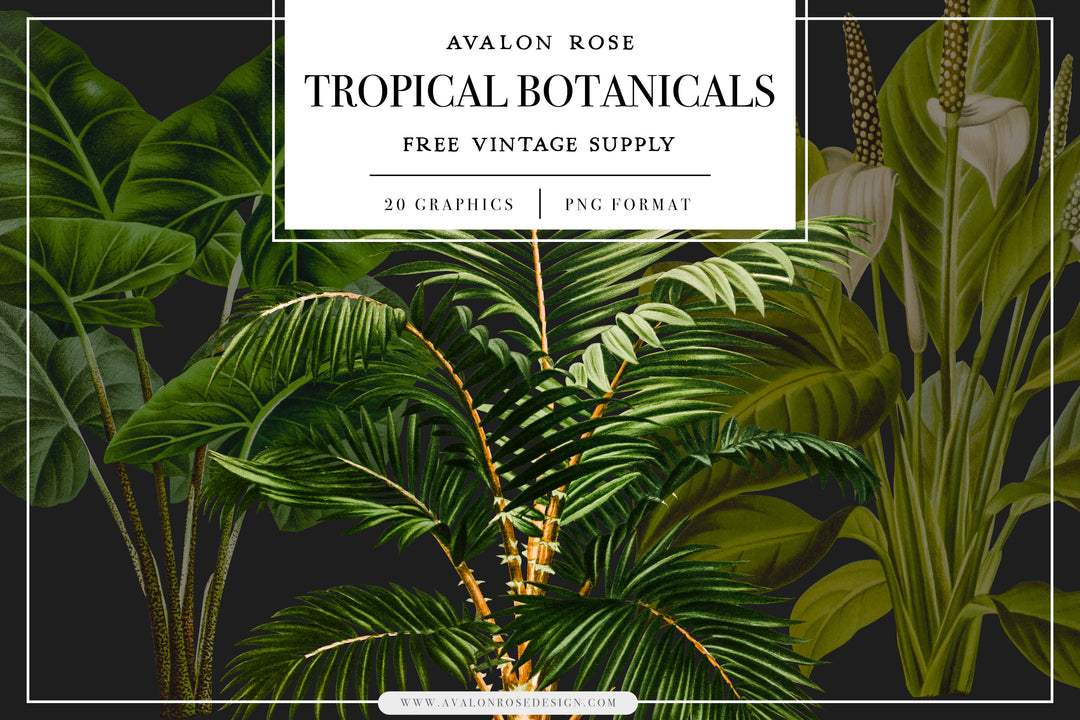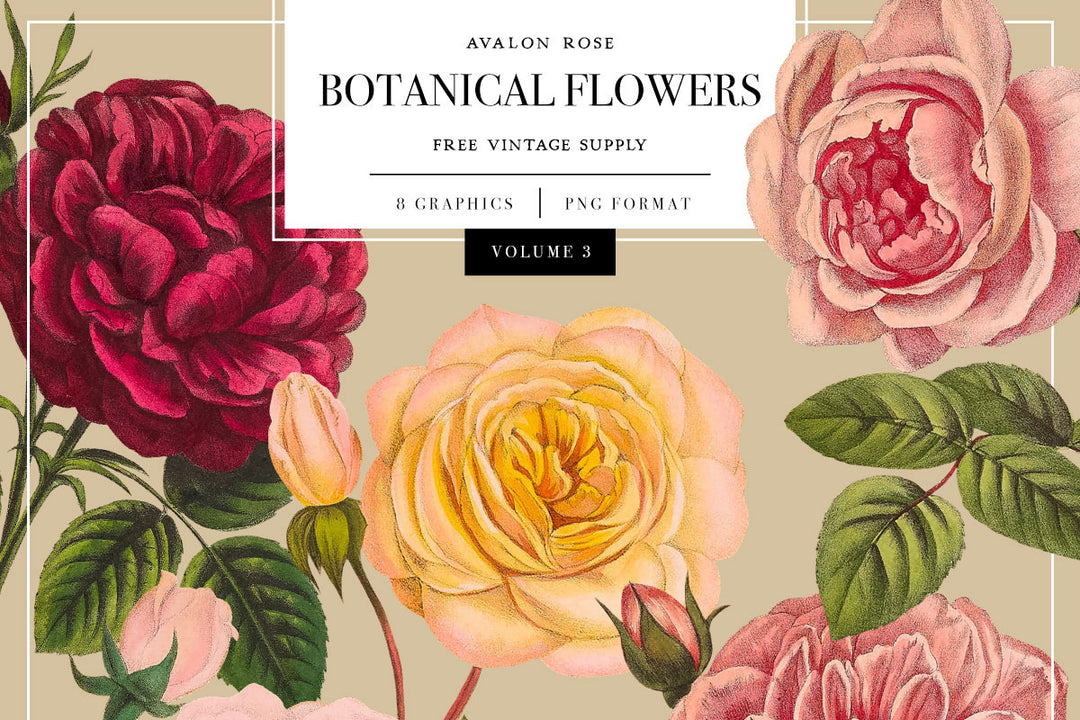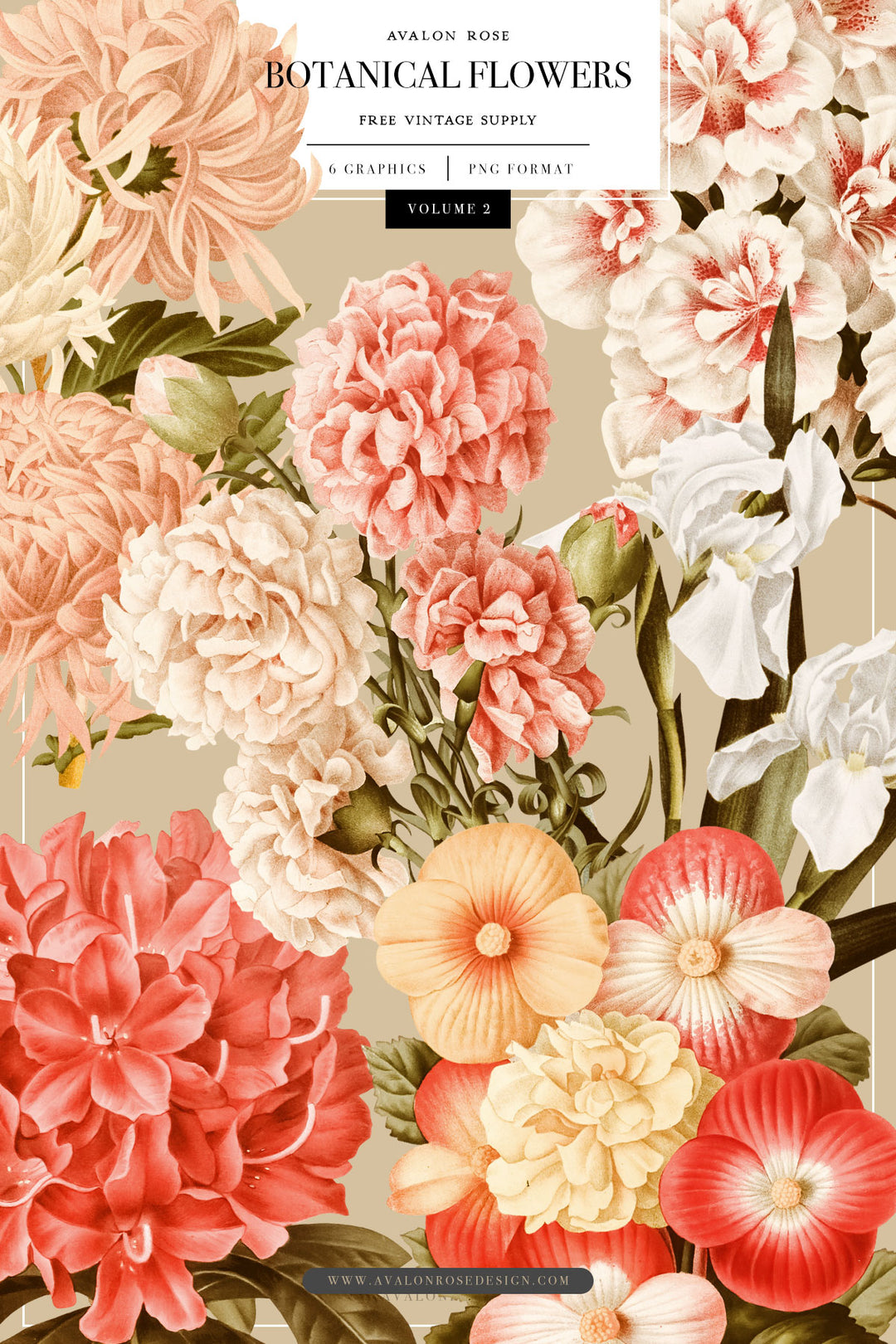5 Steps To Design Your Own Product Labels
Creating successful merchandise involves many things, but product labels and packaging are one of the most crucial, and are a way to brand, market and advertise your business and products at first glance. In many ways, the packaging is as important as the product itself.
Why is product labeling so important?
Customers are more likely to buy a product if the labeling is appealing. It creates emotional engagement, and lends your product an air of credibility. Even if your business is a startup with a limited budget, your product label design should be a very high priority.

The image above shows two versions of the same product with the same presentation. Only the labels are different. One looks cheap, dated, as if it's an afterthought. The other not only looks more high end and professional, but that time and thought went into the design. Which would you rather purchase based on appearance alone?
Hiring a graphic designer to create your packaging design isn't an option for every business, especially if it's more of a hobby or if you're just starting out. I'm not suggesting that hiring a designer is a bad idea (good design is worth every penny), but if it's not in the budget right now there are alternatives. Not to fear though, it's not as difficult as it seems. Below are the beginning steps to designing your own product labels or packaging.

Find a Reputable Printer. There are many online options for custom printing, but first you need to know the general size, shape, finish and label type you will need in the first place before you start on your design. Not all printing companies offer all options. Know what you need before you start searching for a printer. It'll make it easier to weed out companies that can't provide what you want or need.
- Size: Measure your finished product. You want your label to fit the product without being too large ( it will be too overwhelming ) or too small ( it may go unnoticed ). Find a happy medium.
- Shape: Many printers offer custom shapes beyond the standard square or rectangle options. Circles, ovals or even die-cut options such as scalloped edges. Standard shapes are generally more affordable, so keep that in mind, but the shape of your label is purely a personal preference.
- Finish: Do you want a super glossy label or a matte finish? Something to consider as well.
- Label Type: If you're selling shower gel, hand soap, or lotion that product will come into contact with water, so you'll need waterproof/vinyl labels. If it's a food or home decor item, you can get away with standard paper labels.
Once you've decided on a printer, you'll need to know the design specifications for your specific label. Some printers will just give you the measurements for your label, but many will offer templates that you can download as a base file for your labels. I would say a template is a must if you don't have a lot of design experience as it will make the process so much easier.
My favorite printer for most labels is Uprinting, however, there are many more to choose from such as Lightning Labels and Vistaprint. Do your research, read reviews, and find a company that can provide the size, shape, finish, and type that you want.

Know the Legal Requirements For Your Label. Many products such as some types of soap, lotions, candles, cosmetics and food are legally required (in the U.S. at least) to display certain information on the label such as ingredients, warnings, company address, weight and nutrition facts.
Before you start designing your labels, be sure you know exactly what information is required and where it needs to be displayed (front or back). Sometimes there are even size requirements for the fonts used to display the info, and in the case of food items a specific layout for the "Nutrition Facts" section.
If in doubt check out the FDA website, or contact them for specific information regarding your product line.

Decide on a Design Style. Your goal here is to decide on a design style that not only reflects your brand message, but is also appealing, unique and will attract your target consumer.
Each business is different, so some of you may be inspired by minimalist design, and others by more elaborate. Choose what you like, or more importantly what your customers will.
Pinterest is going to be your best friend here. Create a board for label design inspiration, and search for and then pin packaging designs that speak to you. Pin as many things as you like at first. The more the better, so take your time. Even if it's a soap label you like and you're selling candles, pin it.
The next step after you've been pinned out is to go and view your new board. Start weeding out designs that on second thought won't work out for you. You should finally be left with a cohesive grouping that will give you a head start.
"In order to be irreplaceable one must always be different." ~Coco Chanel
Your intention here is certainly not to copy the design of another product. It's both unethical and will be detrimental to your end goal which is to create a design that is your own and stands out from the crowd.

Choose Your Fonts & Graphics. There are many places online to access commercial use graphics for your labels. I have several on my site here (wink, wink), but other options may be Creative Market, Design Cuts, The Hungry JPEG, or even Etsy. Just be sure to read the licenses for the graphics you are purchasing. Some designers will only allow printing of up to 500 end products, limited time use, and so forth while others offer unlimited commercial use.
As for fonts, a general rule of thumb is use no more than two or three different fonts per design. This is just a general rule though. If your design style or product is more eclectic, then it may be beneficial to use as many as you want.

As you see in the examples above, different fonts and design styles lead to very different results. If you're going for a classic design, I would suggest going with a serif font paired with a timeless script. Minimalist designs usually have sans-serif or block fonts. A hand-written font would be perfect for more organic or casual styles.
Choosing what font/s you will use is as important as knowing what fonts NOT to use. Most of those are fonts that come pre-installed on most computers such as Comic Sans and Papyrus. Big no-no's. Trendy fonts are also not a good idea as they'll make your design look dated. Examples are Girls are Weird or Scriptina.

There are many places online to buy or download free fonts, such as Font Squirrel, Font Bundles and MyFonts. Just make sure that you follow the licensing agreements. Just because you can download a font for free doesn't mean you are allowed use it commercially. You may need to purchase a license for it, so please read the license for each before using it.

Use Photoshop. I know, I know. It sounds intimidating and expensive, but artwork for printing is required ( in most cases ) to be created in the CMYK color space. Adobe's Photoshop is one of the only programs you can successfully do that in that I'm aware of. If you upload a graphic in the RGB color space the final result after printing may very well have unpleasant color differences from the design you see on your computer screen. Plus, many of the templates that I mentioned in Step #1 are available in PSD (Photoshop's native format).
Adobe offers a "Photography Plan" that is basically a subscription that you can pay for monthly ($9.99 although you are required to subscribe for 1 year) that allows you to access the Photoshop program.
Photoshop Elements ( a cheaper and simpler alternative ) will NOT work for label design. The reason is that Photoshop Elements does not support the CMYK color space.
If for whatever reason you absolutely cannot use Photoshop, some printers offer conversion from RGB to CMYK. They do state though that color shifts will occur, so be aware of that. There are some really great online graphic editors out there like Photopea or Pixlr Editor.
I'm not going to get into the technical aspects of how to use Photoshop or the other programs mentioned in this post. Mainly due to the fact that there are already thousands of online tutorials and videos out there already. Just do a quick web search, and you'll find what you need.
Overview
5 Steps to Design Your Own Product Labels
- Find a Reputable Printer
- Know the Legal Requirements
- Decide on a Design Style
- Choose Your Fonts & Graphics
- Use Photoshop
I hope you found this post useful, and if you have any questions please feel free to contact me.
Reference Links
Printers
Legal Requirements
Design Style
Fonts & Graphics
- Avalon Rose Design
- Creative Market
- The Hungry JPEG
- Design Cuts
- Etsy
- Font Squirrel
- Font Bundles
- MyFonts
- dafont
Design Programs






